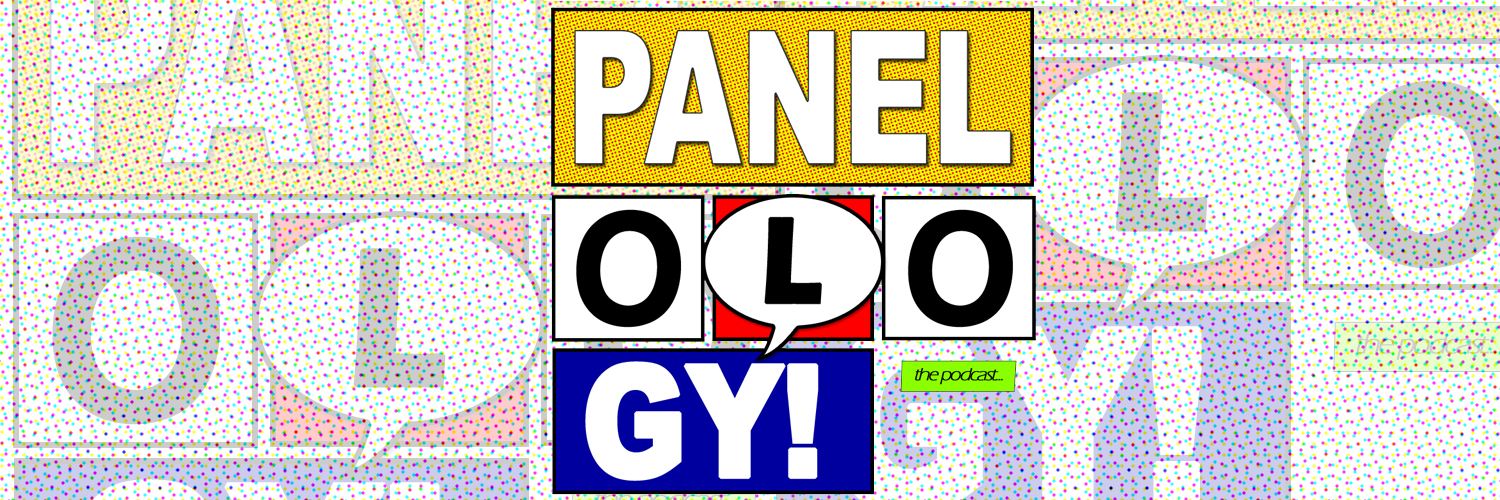Previously on Clearing the Backlog, I hesitated to recommend the 2014 She-Hulk run. Volume 1 is half of the full series, and I was concerned that with its main storyline on the back-burner, Volume 2 might not have wrapped everything up. Overall, I had enjoyed the first trade. Despite a few hiccups in layouts, its art was otherwise excellent. And Charles Soule’s real-world legal expertise made Jen’s trial elements shine.
Now….
Like the previous trade, “Disorderly Conduct” is not a single story arc. It opens with a one-and-done Ant-Man team up to save a scientist who, in the spirit of Honey, I Shrunk the Kids, has gotten lost in his own back yard. The best part of this collection—and the series as a whole—is a three-issue arc in which Jen defends Steve Rogers against a civil suit. A deathbed confession revolving around an incident from Steve’s youth alleges that before he was Captain America, his actions while standing up to a group of bad guys led to the death of one of his friends. After that, the series wraps up the Blue File mystery in its last couple of issues.
The Steve Rogers trial is the perfect example of this run at its best. Soule has a talent for distilling complicated legal arguments into simple, approachable dialogue. Even pages that are full of word balloons flow and read quickly. I appreciate that, as a practicing attorney, he recognizes that the practical, real-world answer to the suit against Steve is any number of straight-forward dismissal motions—but Steve won’t have a win on a technicality. He wants a clean win, which puts Jen in court against Matt Murdock for the plaintiff. This arc is excellent.
The other two arcs of this trade are less lawyerly and more superheroic. The Ant-Man story exists as a place for the reader to breathe between larger movements. It is fun, and that’s all it really needs to be. The conclusion to the Blue File arc feels a little rushed; I suspect that this was because Soule wanted to be sure to wrap things up before the series's end. The good news is, everything that happens here makes sense in the context of earlier issues. None of it seems particularly shoe-horned. The cost of the quick wrap-up is that much of the investigation work has happened off-panel. It’s believable, but without having Jen put the pieces together herself, the answers are somewhat anti-climactic.
This book’s art is as stylish and consistent as its first volume. Series artist Javier Pulido and colorist Muntsa Vicente give us a world that is cartoony and colorful most of the time. When the story calls for it, such as during flashbacks to 1940, it’s instead shadowy and sinister. It’s a good fit for the book. As with the first volume, there is one confusing layout that sticks out. But overall, the art is solid.
“Disorderly Conduct” is has the same strengths and makes some of the same missteps that She-Hulk’s first volume did. This trade has the series’s best arc in Steve Rogers’s trial, “The Good Old Days”. If you’re looking for some fun Shulkie action, then I’d recommend this run. From here, my next step is to read more of the Jade Giantess’s comics and see how others stack up.
Collected in
- She-Hulk, Vol. 2: Disorderly Conduct (#7-12)
Credits
Writer: Charles Soule | Artist: Javier Pulido | Colorist: Muntsa Vicente | Letterer: VC’s Clayton Cowles | Covers: Kevin Wada | Editor: Jeanine Schaefer

